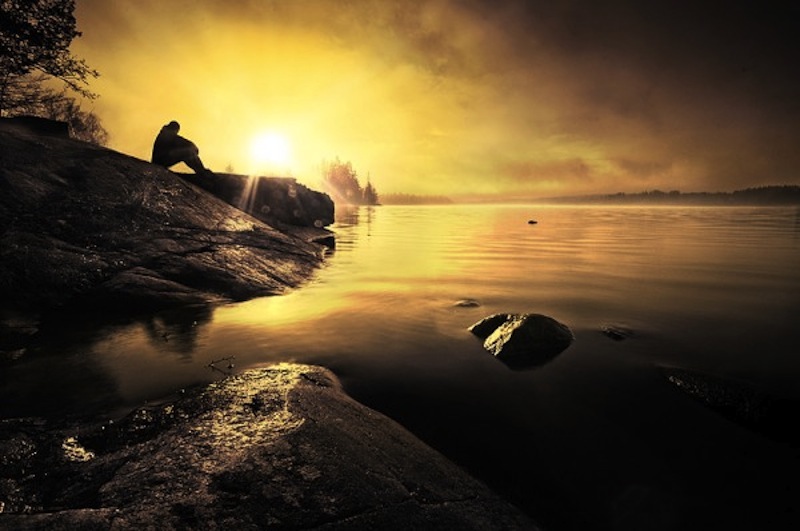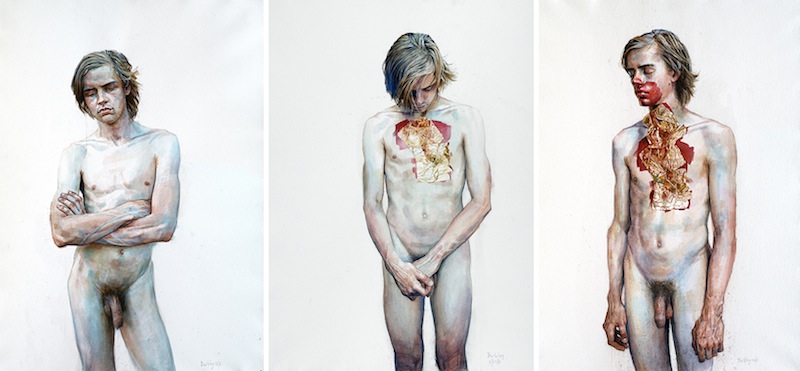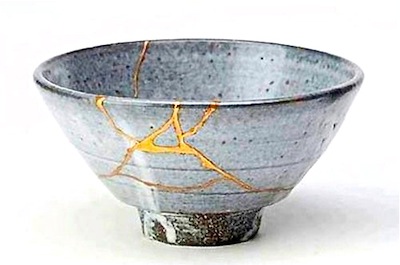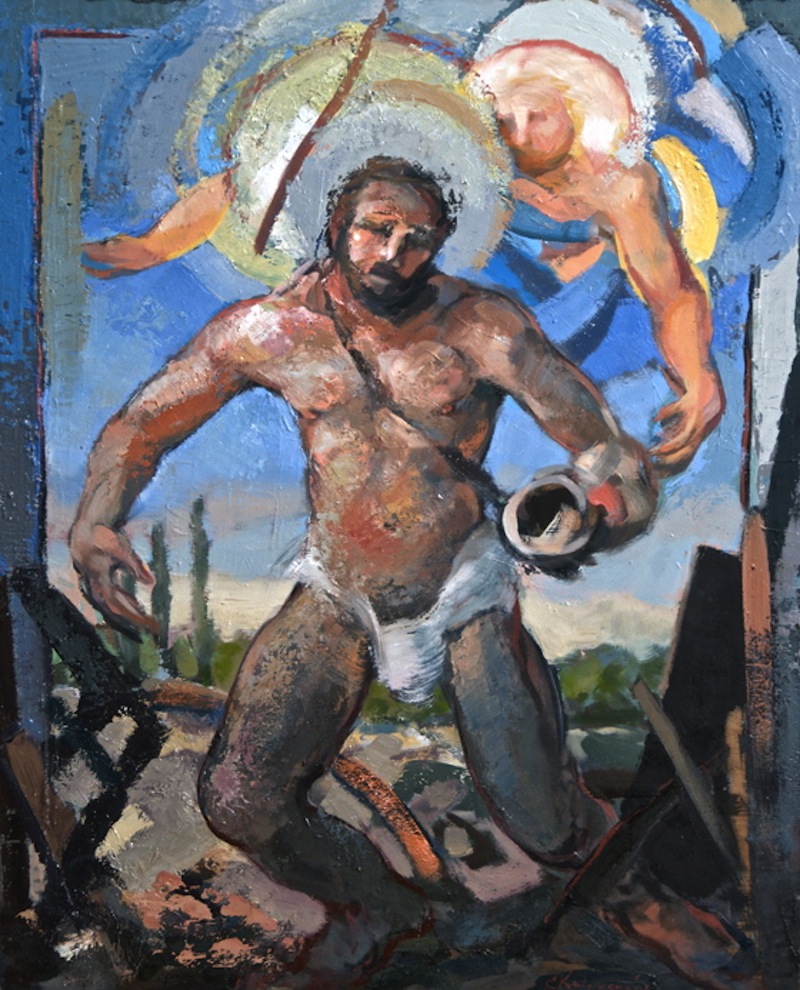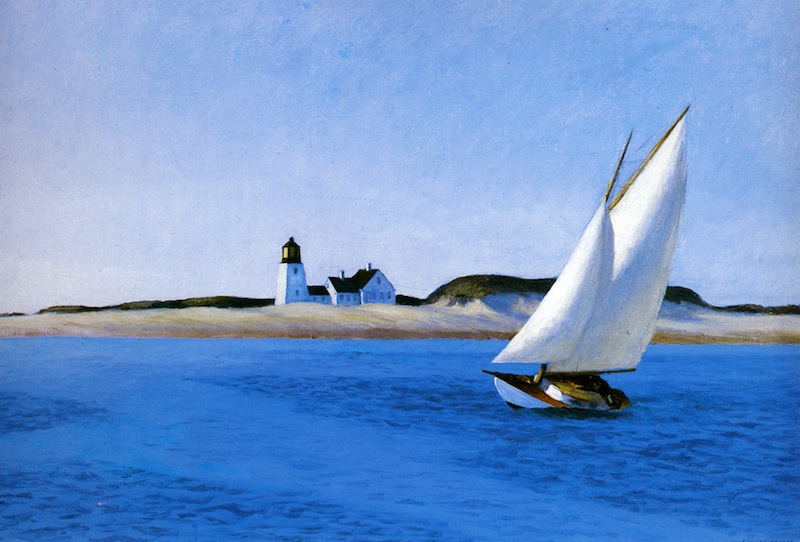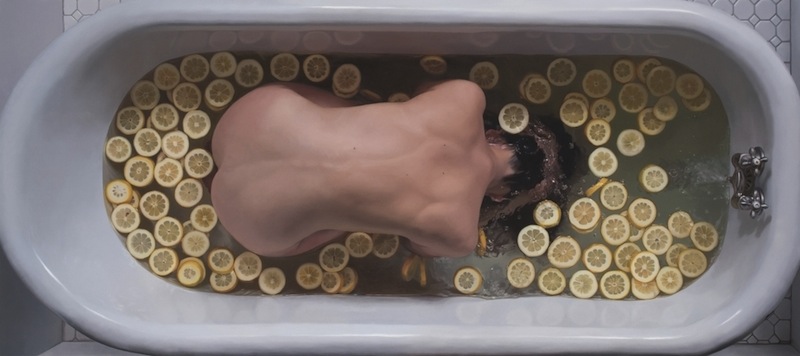Ye are my. . . ?
Joy and Matthew Steem
 A little while back, I read a lovely piece by the Scottish philosopher John Macmurray, “Ye are My Friends.” It got me to thinking about the difference between viewing ourselves as friends of God or servants. To be both is hard. Am I facing tension or something leaning towards the mutually exclusive? I know, I know, we are supposed to “live in the tension,” according to our post-modern friends. Yet, it’s not tension that bothers me, it’s things that seem mutually exclusive. I have long wondered at the varying flavors of doctrine which Christians seem to gravitate towards: taken individually they are okay, but together they seem, at least a bit, inconsistent.
A little while back, I read a lovely piece by the Scottish philosopher John Macmurray, “Ye are My Friends.” It got me to thinking about the difference between viewing ourselves as friends of God or servants. To be both is hard. Am I facing tension or something leaning towards the mutually exclusive? I know, I know, we are supposed to “live in the tension,” according to our post-modern friends. Yet, it’s not tension that bothers me, it’s things that seem mutually exclusive. I have long wondered at the varying flavors of doctrine which Christians seem to gravitate towards: taken individually they are okay, but together they seem, at least a bit, inconsistent.
“The keyword of the Christian gospel is not service but friendship,” asserts Macmurray. Indeed he goes on, “I believe, we have been thinking too much in terms of ... service of God and of the world.”
We have!?
This seemed nearly blasphemous to me.
The main trouble Macmurray has with service is that, to him, it is inexorably bound up with the idea of duty.
As any devoted fan of words would, I stopped there and started rifling through the OED for the word “duty.” Here are the primary meanings:
The action and conduct due to a superior; An action due to a feudal superior or lord of a manor; That which is owing to any one (i.e. legally due); Action, or an act, that is due in the way of moral or legal obligation; that which one ought or is bound to do; an obligation.
After getting back into the text – and dare I say that duty isn't looking particularly friendly according to the definition! – Macmurray asked his readers a similar question which I am going to ask you.
Suppose you are sick, not just sick with the sniffles, but ugly sick; the kind of sick that makes all food and drink repulsive (thus you become a fast friend with the toilet bowl and its pleasant and soothing coolness). Now suppose in the middle of a particularly tenacious retching session, you hear me knocking at your door downstairs and telling you in a drawling voice that I had just come from a church service where I was reminded that it is my Christian duty to sacrifice my Sunday plans of fun and merriment and, instead, out of my pious obligation – born of Godly duty – offer my precious time to you.
Now after this charming and inspiring speech which has included the right words, do you feel like graciously stumbling down the stairs, a trickle of sick running down your un-wiped chin, to accept my “sacrifice”? I think you would tell me to go and take my “duty” and “sacrifice” somewhere else – maybe even the hot place. And of course nearly everybody would agree! We would concur, Macmurray suggests, “in friendship the personal things—warmth and intimacy of feeling—must be the springs of action.” Otherwise, such dutiful actions are mere impersonal and cold obligations. One does not help the sick friend out of duty. That’s not what friendship is.
Actually, here is the OED definition of “friend”: “One joined to another in mutual benevolence and intimacy (not necessarily lovers or relatives).” Duty hardly fits in there.
“The fact,” says Macmurray, “is that in friendship we are beyond law and obedience, beyond rules and commandments. ... [In fact] the more deep and real our friendships become, the more what looks like sacrifice from outside is found to be the free and spontaneous expression of our own soul’s necessity.”
So back to my pondering on servanthood versus friendship when it comes to God: Jesus calls us friends, yet Paul signs off his letters with “the servant of Christ.” What’s more desirable? Maybe Paul was able to remove the duty part of servanthood? Or maybe he was living in the tension, too? I wish Macmurray was here.
(Photo by Elliott Erwitt)
